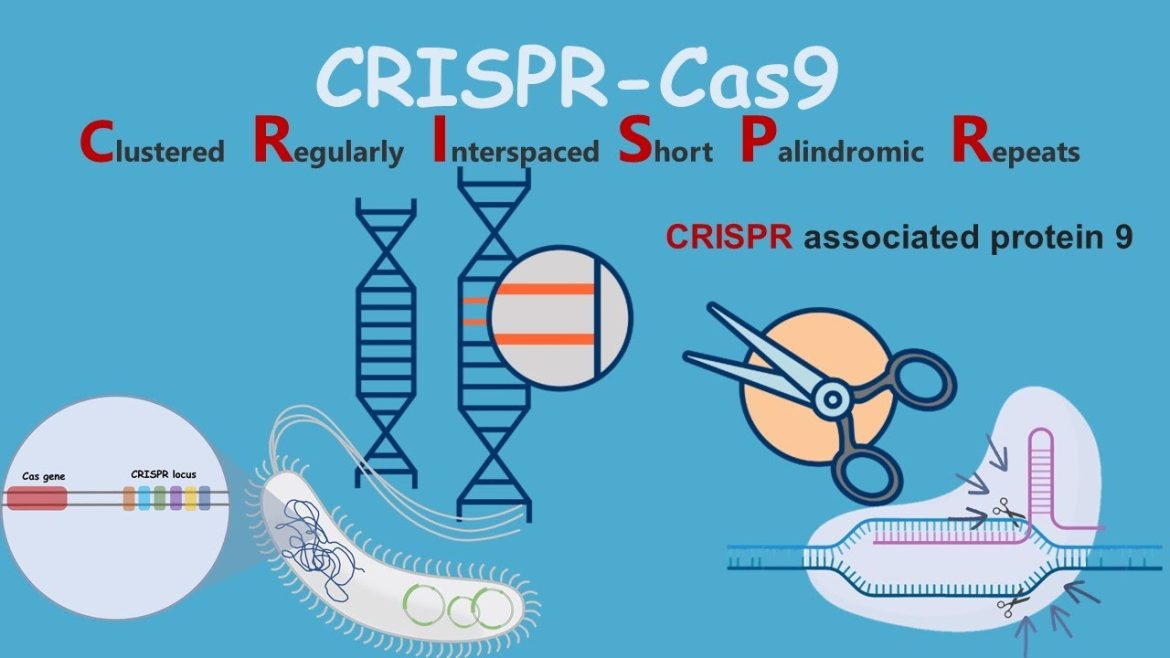Introduction to CRISPR Gene Editing
CRISPR gene editing (pronounced /ˈkrɪspər/ crisper) is a powerful genetic engineering technique that allows for precise and efficient editing of genomic sequences. The technology is based on a simplified version of the bacterial CRISPR-Cas9 antiviral defense system [1]. Since the late 2000s, scientists have been using CRISPR gene editing techniques to make changes to specific target sites in the genome, making it one of the most efficient and easy-to-use genome editing techniques [2].
How Does CRISPR Gene Editing Work?
The CRISPR-Cas9 system is a two-component system consisting of a guide RNA (gRNA) and the Cas9 protein. The gRNA directs the Cas9 protein to a specific target site in the genome, where it makes a double-stranded break in the DNA. The cell’s natural repair mechanisms then kick in and can repair the break in one of two ways: non-homologous end joining (NHEJ) or homology-directed repair (HDR). NHEJ can result in small insertions or deletions (indels) in the genome, while HDR allows for the precise insertion, deletion, or replacement of specific sequences.
Applications of CRISPR Gene Editing
CRISPR gene editing has a wide range of potential applications, including:
Figure 1. Potential applications.

Genetic Disease Treatment
CRISPR gene editing has the potential to treat a wide range of genetic diseases by precisely editing disease-causing mutations in the genome. For example, scientists have already used CRISPR to correct the mutations that cause sickle cell anemia and Tay-Sachs disease in human cells and animal models [1].
Agriculture
CRISPR gene editing can also be used to improve crop yields and resistance to pests and diseases [2], which can help to feed a growing global population.
Research
CRISPR gene editing can also be used to study the function of specific genes and to understand the underlying mechanisms of diseases. Researchers have used CRISPR to study a wide range of topics, including cancer, developmental mechanisms, gene expression regulation, and animal behavior [3].
Potential Risks and Ethical Considerations
While CRISPR gene editing has the potential to revolutionize medicine and agriculture, it also raises important ethical considerations. There are concerns about the safety and efficacy of the technology, as well as the potential for unintended consequences. Additionally, there are concerns about the potential for misuse of the technology, such as the creation of “designer babies” or the enhancement of certain traits.
It is important for scientists, policymakers, and the public to continue to engage in dialogue about the potential risks and ethical considerations of CRISPR gene editing. It is also crucial for continued research and development to be conducted in a responsible and ethical manner.
